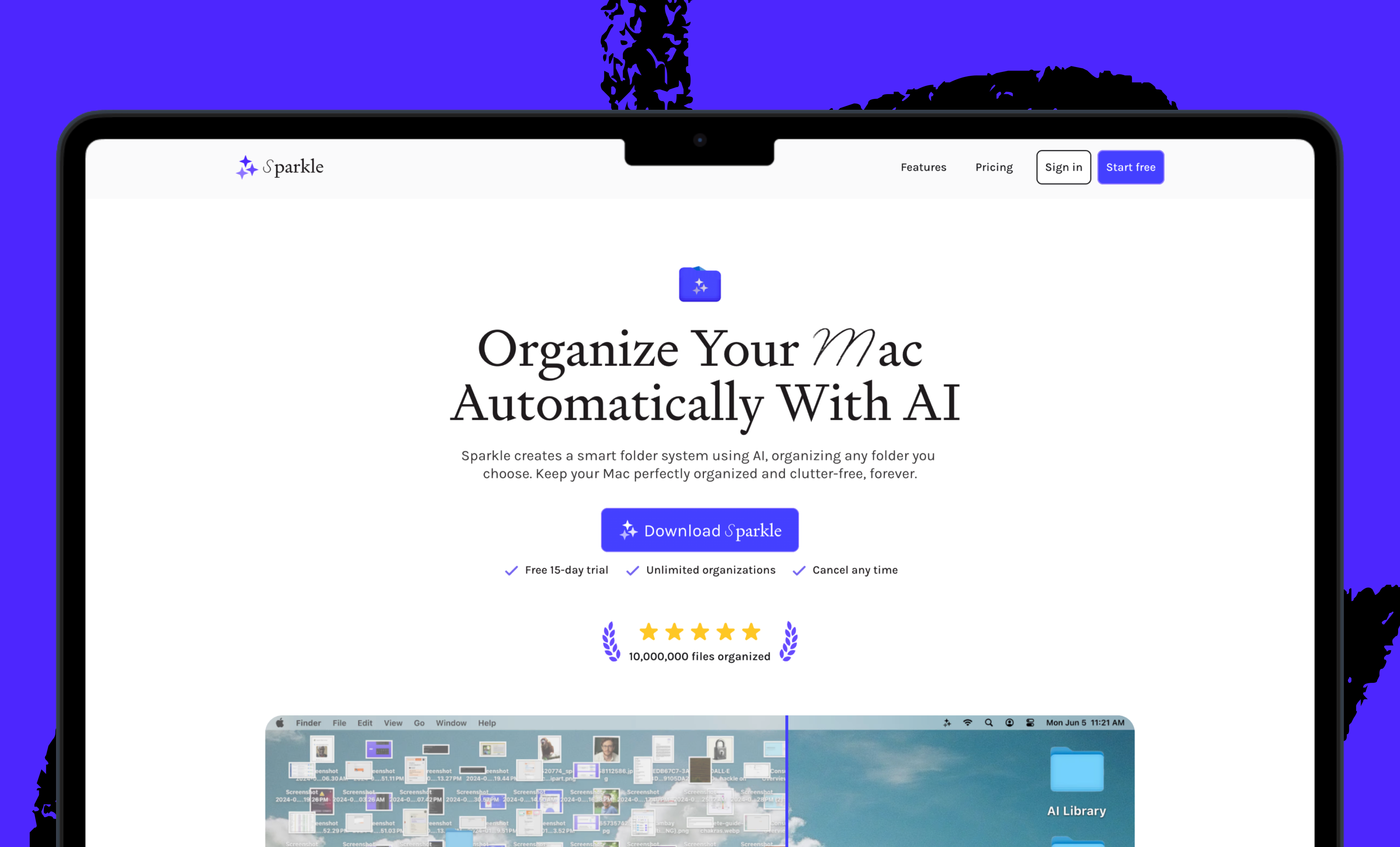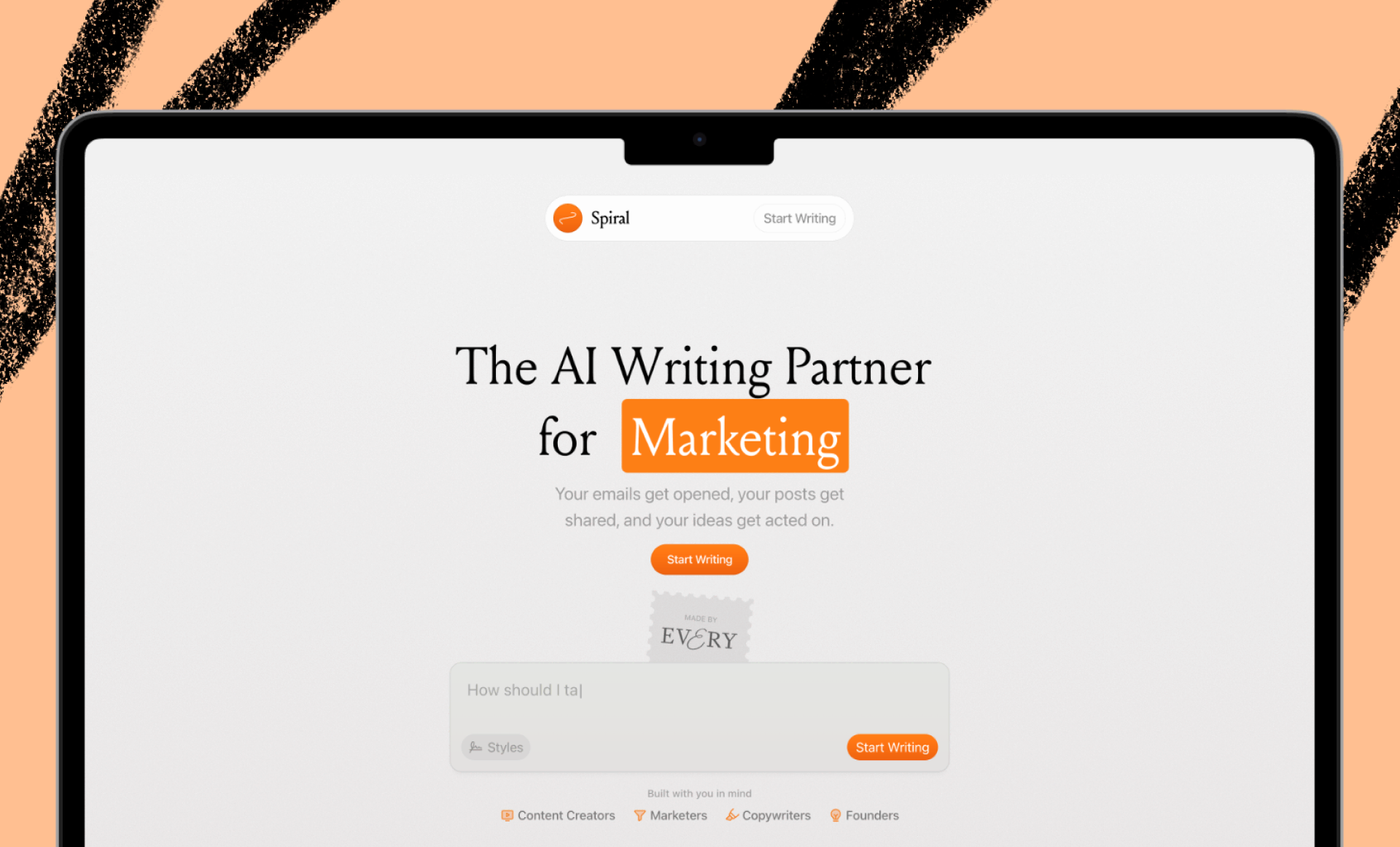
The transcript of How Do You Use ChatGPT? with Alan Cowen is below for paying subscribers.
Timestamps
- Dan tells Hume’s empathetic AI model a secret: 00:00:00
- Introduction: 00:01:13
- What traditional psychology tells us about emotions: 00:10:17
- Alan’s radical approach to studying human emotion: 00:13:46
- Methods that Hume’s AI model uses to understand emotion: 00:16:46
- How the model accounts for individual differences: 00:21:08
- Dan’s pet theory on why it’s been hard to make progress in psychology: 00:27:19
- The ways in which Alan thinks Hume can be used: 00:38:12
- How Alan is thinking about the API v. consumer product question: 00:41:22
- Ethical concerns around developing AI that can interpret human emotion: 00:44:42
Transcript
Dan Shipper (00:01:14)
Alan, welcome to the show. That was kind of incredible, actually. Tell me what I just experienced.
The Only Subscription
You Need to
Stay at the
Edge of AI
The essential toolkit for those shaping the future
"This might be the best value you
can get from an AI subscription."
- Jay S.
Join 100,000+ leaders, builders, and innovators

Email address
Already have an account? Sign in
What is included in a subscription?
Daily insights from AI pioneers + early access to powerful AI tools








.png)